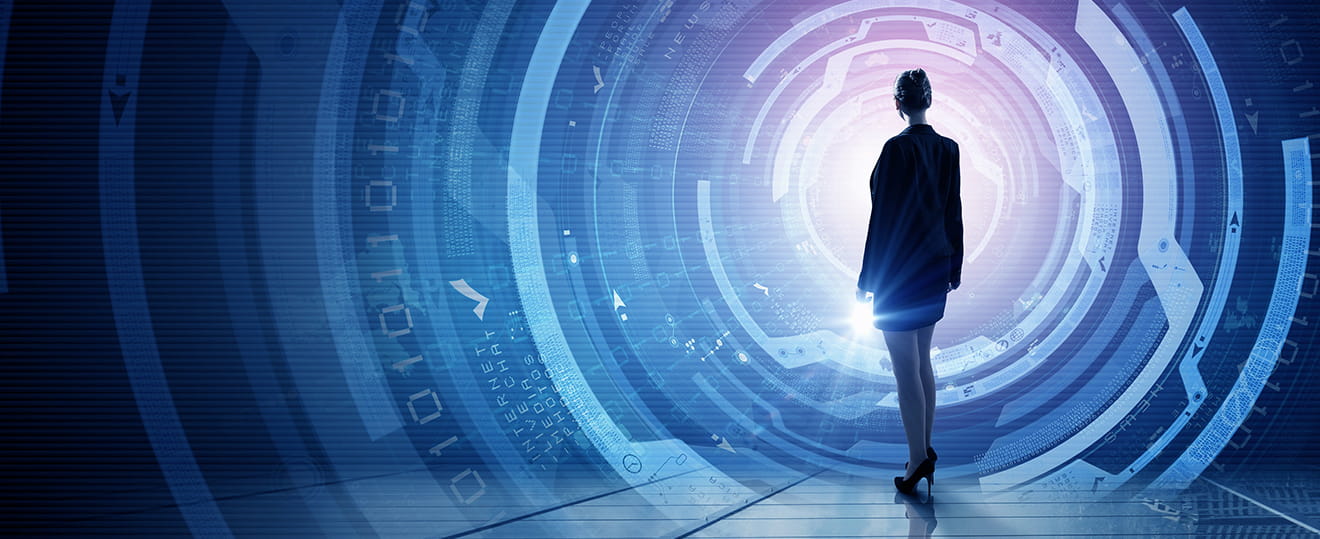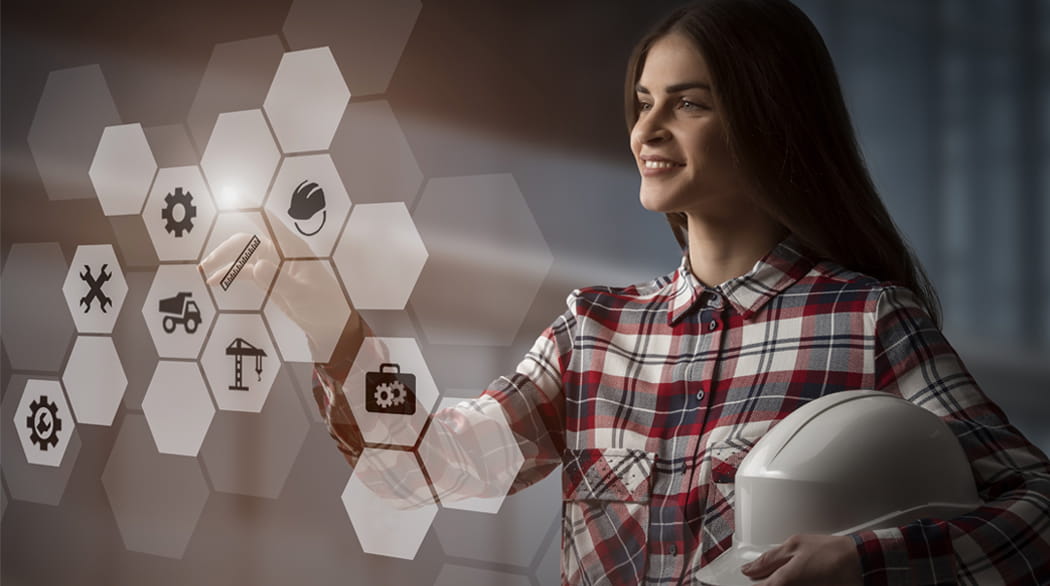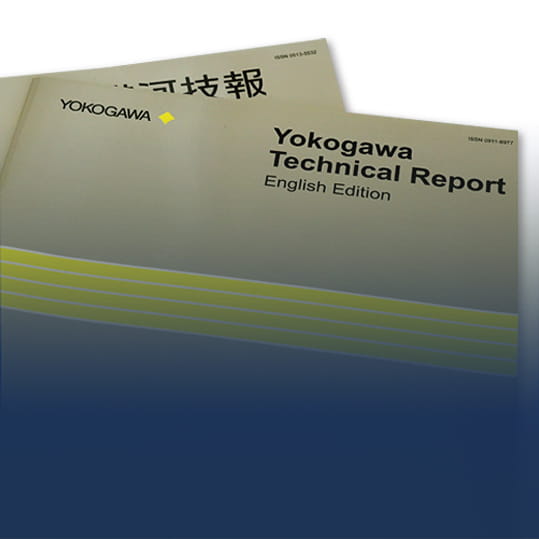
Human-Machine Collaboration:
Changing the Face of
Manufacturing
The world is seeing more smart machines that optimize energy use and display information in an intuitive way for humans. Machines contribute to manufacturing that is safer, easier, and more productive. The relationship between humans and machines is now entering a new phase. A different kind of manufacturing is now becoming possible through a collaboration between humans and machines that draws on the respective strengths of both.
A revolution is underway between humans and machines in the manufacturing environment. It is now becoming possible for machines to automatically initiate control instructions as well as proactively provide information to humans. Factories now depend on the assistance provided by smart machines that can reproduce the techniques of well-trained, experienced human operators in processes that require high levels of skill, such as the startup and shutdown of factory lines and product changeovers.
The control achieved in manufacturing is evolving. Safety in both the human domain and the machine domain is a vital issue. In the past, when a human approached a machine’s danger zone, that machine could respond in only one of two ways: “run” or “stop”. But now, machines can respond more accurately, depending on the scenario. Thus, a machine can control itself to run slower if dealing with a highly-skilled individual; or it can stop completely in the presence of a less-skilled individual. Not only will this ensure the safety of people who work alongside machines, it will also facilitate flexible production without stopping the machines.
The human-machine interface (HMI) is becoming an essential element of what links the operator to the gauges and displays that help them control the equipment safely and comfortably. Engineered with human-centered design, the HMI helps the operator recognize not only conditions accurately, but also make appropriate decisions about how to operate the vehicle or machinery. This assures safety for humans and also minimizes the overall risk of a plant.

A New Kind of Manufacturing that Puts Humans at the Center of Systems
Experts predict that by the year 2045, computer artificial intelligence (AI) will surpass the capacity of the human brain, as the relationship between humans and machines continues to evolve. However, AI is only a tool to expand the abilities of humans and also used to analyze big data, giving humans an increased decision-making power while providing multiple solutions. On the other hand, humans have the ability to see the big picture, integrate complex systems, and cope with that which is out of the ordinary. At manufacturing sites where complex decisions are required, in order to achieve safe and stable operations, it is considered vital to place humans at the center of the system. In doing so, we are moving towards a transformation in manufacturing, making everything more thorough and safer, through the pursuit in collaboration between humans and machines.

